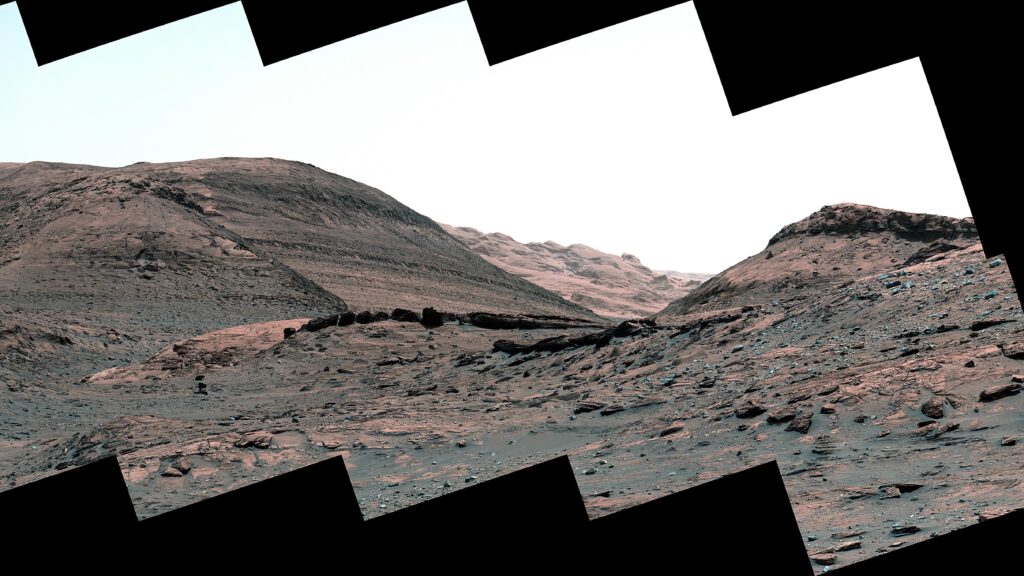A venerable Red-Planet rover might be spotting signs of the Martian climate drying up in ancient times. The long-running NASA Curiosity mission, which will reach its 10th Earth-year anniversary on the Red Planet this August, is making its way up the slopes of Mount Sharp (Aeolis Mons) to trace the changing climate of Mars over the eons. For about the past year of its roving, Curiosity has been noticing water-rich clay giving way to a transition zone filled with salty sulfate.
Scientists currently believe those features mark where streams dried up and sand dunes formed, according to a NASA statement (opens in new tab) . What this means is that lake deposits that populated the lower slopes are not as common as Curiosity reaches higher on the mountain. “Instead, we see lots of evidence of drier climates, like dry dunes that occasionally had streams running around them,” Ashwin Vasavada, Curiosity’s project scientist at JPL, said in the statement.
Related : 12 amazing photos from the Perseverance rover’s 1st year on Mars Besides more sulfate, geologic features are capturing the attention of scientists. They are seeing sediments likely deposited in stacks of “flaky layers,” including one nicknamed ” The Prow ” by team members. The region has a complex history, including a dry origin story as a sand dune-filled area and some zones that appear to have had sediments carried in by water, JPL stated.
“Making the story richer yet more complicated is the knowledge that there were multiple periods in which groundwater ebbed and flowed over time, leaving a jumble of puzzle pieces for Curiosity’s scientists to assemble into an accurate timeline,” officials added in the statement. While the rover is still operating well, JPL noted it is showing inevitable signs of age, notably holes on its aluminum wheels that have been navigating the Martian terrain in the years since Curiosity touched down on Aug. 5, 2012.
The left middle wheel, as shown in images taken June 2 this year, has more extensive damage and gaps to its grousers (treads). JPL said it is unlikely the grousers will completely disintegrate, but noted ground testing shows that at worst, the rover can drive on the rims of its wheels if necessary. — Ingenuity spots Perseverance rover from the air (photo) — Ingenuity spotted a ‘heart’ in Perseverance rover’s tracks on 9th flight (video) — NASA is mapping out plans for bigger, more capable Mars helicopters Curiosity also had a brief safe mode incident on June 7 after an unexpected temperature spike on an instrument control box.
The rover exited safe mode two Earth days later, and team members are investigating the cause. “They suspect safe mode was triggered after a temperature sensor provided an inaccurate measurement, and there’s no sign it will significantly affect rover operations since backup temperature sensors can ensure the electronics within the rover body aren’t getting too hot,” JPL stated. Follow Elizabeth Howell on Twitter @howellspace .
Follow us on Twitter @Spacedotcom or Facebook. .
From: space
URL: https://www.space.com/curiosity-rover-mars-changing-climate-rock-photos/
